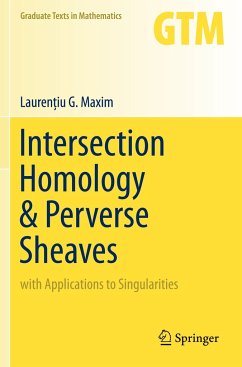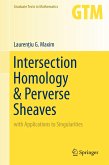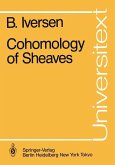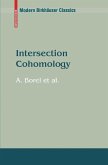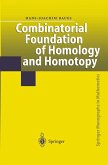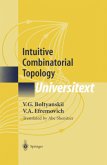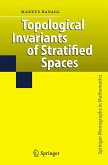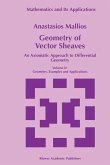This textbook provides a gentle introduction to intersection homology and perverse sheaves, where concrete examples and geometric applications motivate concepts throughout. By giving a taste of the main ideas in the field, the author welcomes new readers to this exciting area at the crossroads of topology, algebraic geometry, analysis, and differential equations. Those looking to delve further into the abstract theory will find ample references to facilitate navigation of both classic and recent literature.
Beginning with an introduction to intersection homology from a geometric and topological viewpoint, the text goes on to develop the sheaf-theoretical perspective. Then algebraic geometry comes to the fore: a brief discussion of constructibility opens onto an in-depth exploration of perverse sheaves. Highlights from the following chapters include a detailed account of the proof of the Beilinson-Bernstein-Deligne-Gabber (BBDG) decomposition theorem, applications of perverse sheaves to hypersurface singularities, and a discussion of Hodge-theoretic aspects of intersection homology via Saito's deep theory of mixed Hodge modules. An epilogue offers a succinct summary of the literature surrounding some recent applications.
Intersection Homology & Perverse Sheaves is suitable for graduate students with a basic background in topology and algebraic geometry. By building context and familiarity with examples, the text offers an ideal starting point for those entering the field. This classroom-tested approach opens the door to further study and to current research.
Beginning with an introduction to intersection homology from a geometric and topological viewpoint, the text goes on to develop the sheaf-theoretical perspective. Then algebraic geometry comes to the fore: a brief discussion of constructibility opens onto an in-depth exploration of perverse sheaves. Highlights from the following chapters include a detailed account of the proof of the Beilinson-Bernstein-Deligne-Gabber (BBDG) decomposition theorem, applications of perverse sheaves to hypersurface singularities, and a discussion of Hodge-theoretic aspects of intersection homology via Saito's deep theory of mixed Hodge modules. An epilogue offers a succinct summary of the literature surrounding some recent applications.
Intersection Homology & Perverse Sheaves is suitable for graduate students with a basic background in topology and algebraic geometry. By building context and familiarity with examples, the text offers an ideal starting point for those entering the field. This classroom-tested approach opens the door to further study and to current research.
"This is quite a lot for a relatively short book! ... this book provides a great jumping-off point for the reader who wants to learn about these tools by a route leading to the forefront of modern research via lots of concrete geometric examples." (Greg Friedman, Mathematical Reviews, March, 2023)
"This book is a welcome addition to the family of introductions to intersection cohomology and perverse sheaves. ... the author takes care to introduce and motivate the main objects of study with geometric examples. There are also regular exercises which will help readers come to grips with the material. ... this book will ... be a very useful resource ... ." (Jon Woolf, zbMATH 1476.55001, 2022)
"This is a good textbook to prepare a student to delve into the current literature, and also a good reference for a researcher. A mathematician whose research or interest has come in contact with these topics would also find this a stimulating read on the subject." (MAA Reviews, April 7, 2020)
"This book is a welcome addition to the family of introductions to intersection cohomology and perverse sheaves. ... the author takes care to introduce and motivate the main objects of study with geometric examples. There are also regular exercises which will help readers come to grips with the material. ... this book will ... be a very useful resource ... ." (Jon Woolf, zbMATH 1476.55001, 2022)
"This is a good textbook to prepare a student to delve into the current literature, and also a good reference for a researcher. A mathematician whose research or interest has come in contact with these topics would also find this a stimulating read on the subject." (MAA Reviews, April 7, 2020)

